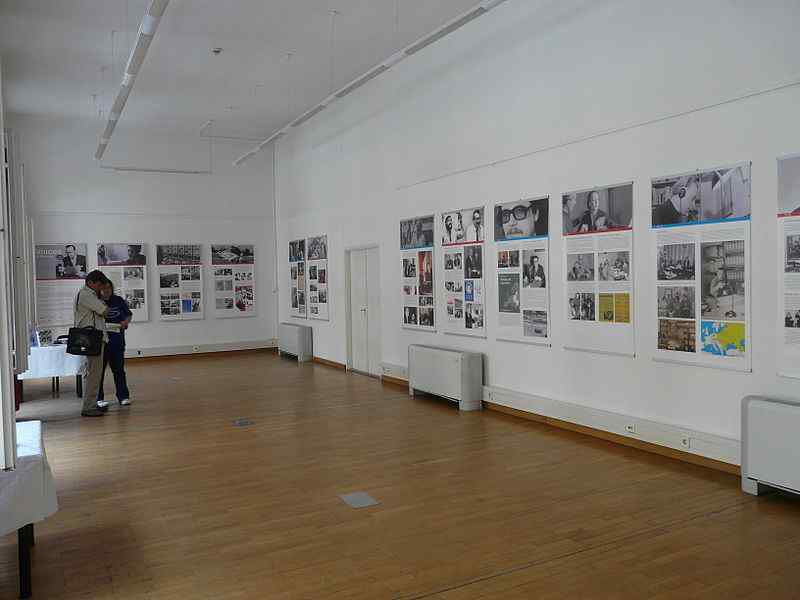Voices of Freedom
Radio Free Europe/Radio Liberty in the Cold War

A budapesti és müncheni Cseh Centrum / The Czech Centers in Munich and Budapest
A cseh Külügyminisztérium intézetei / The institutes of the Czech Ministry of Foreign Affairs
Institute for the Study of Totalitarian Regimes, Prága / Prague
The Ludwig-Maximilian University, München / Munich
Regensburg University
Collegium Carolinum
Radio Free Europe/ Radio Liberty (RFE/RL) broadcast for over four decades targeting the Eastern Bloc states. On the occasion of the 60th anniversary of launching the first programs, the traveling exhibition (with stops in Munich, New York, Budapest, Ljubljana, and other cities) presents the history of the radio from its American beginnings to Munich-based broadcasting and its moving to Prague in 1994.
RFE/RL played an important role in Cold War conflicts. Unlike traditional press outlets, radio waves easily went through the Iron Curtain and spread the “free word.” At that time, the Radio played a similar role in fighting authoritarian regimes as the internet does today, which consequently put RFE/RL in the crosshairs of communist secret services. As a matter of fact, part of the radio building was ruined in a bombing attack in 1981. The “Voice of Freedom” was multilingual: Czechoslovakian, Polish, Bulgarian, Romanian, and Hungarian exiles spoke in their native languages and their words were broadcast to target countries.
The exhibition presents the country sections as well as the influence of the broadcasts on the social and political events of the Cold War era, such as the 1956 Hungarian Revolution and the 1989 Czechoslovakian Velvet Revolution.
Venue: Budapest 1051, Nádor u. 13.